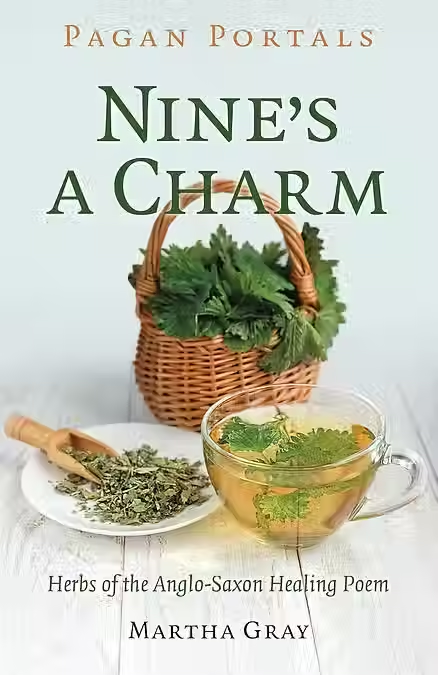Scarlet Pimpernel by Heather
- Kitchen Witch

- Aug 2, 2024
- 2 min read

The plant that was the emblem of the hero in Baroness Orczy’s play and novel! It is a dainty bright ‘weed’.
Its Latin name is Anagallis arvensis, whilst the plants common and folk names include - scarlet pimpernel, red pimpernel, red chickweed, poor man's barometer, poor man's weather-glass, shepherd's weather glass or shepherd's clock. The last names may be due to the flowers habit of closing as soon as they are not in full sun, or due to its ability to change colour in response to other environmental conditions. In dry or hot weather, the plant's flowers may appear orange or pinkish, whilst in cooler or wetter weather, they can appear redder, believed to due to a reaction in the plant's pigments caused by changes in temperature and moisture.
During the Middle Ages, the plant was used to treat skin conditions such as eczema and psoriasis. It was also used to treat respiratory ailments such as coughs and asthma. More recently, pharmaceutical companies are studying the plant for its potential anti-inflammatory and anti-tumour properties.
Once widespread and a familiar summer flower in fields and hedgerows, with the advent of weed killers, this plant is no longer as commonly seen.
The plant's bright red or orange flowers can be used to produce a yellow-orange- reddish dye for colouring fabrics such as wool and silk.
The Scarlet Pimpernel is also an important plant for wildlife. The flowers provide a valuable source of nectar for a variety of insects, including bees, butterflies, and hoverflies. The plant is also a host for the caterpillars of the scarce copper and small copper butterflies.
Magical Properties –
Healing, happiness, change, adaptability, strength, determination, hope, friendship, relationships, clear vision, insight.
Sources –






Comments